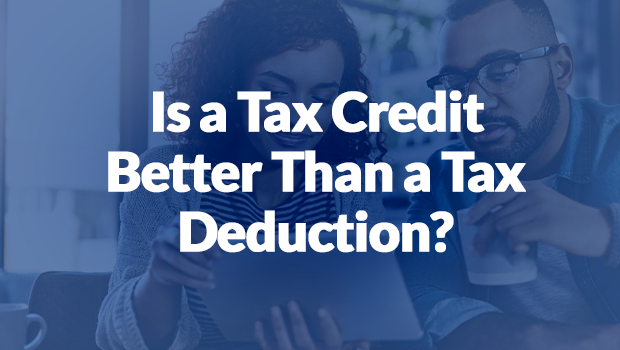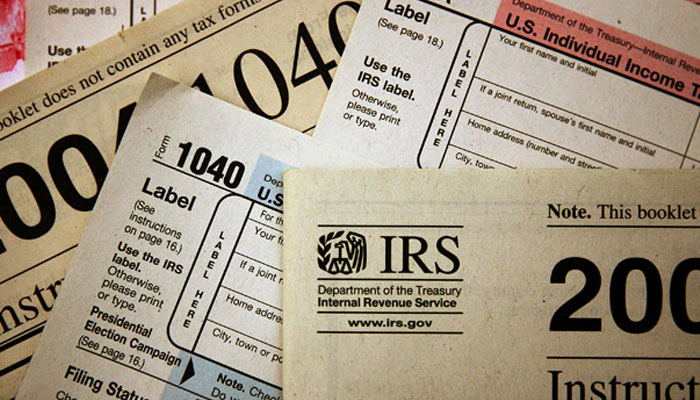Whether you’re tax planning or preparing your income tax return, you’ve probably heard about tax credits and deductions. You also probably know that they’re both good to have when it comes to owing less money to the IRS. Let’s take a closer look at both of these tax benefits, including which one is better, how they work, and how they’re different from each other.
Continue reading “Is a Tax Credit Better Than a Tax Deduction?”

